ON
BOARD
WITH
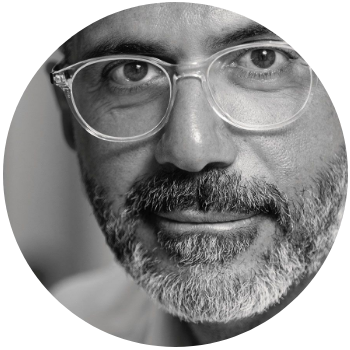
ZERO DOUBTS
On board with self-made billionaire Bassim Haidar
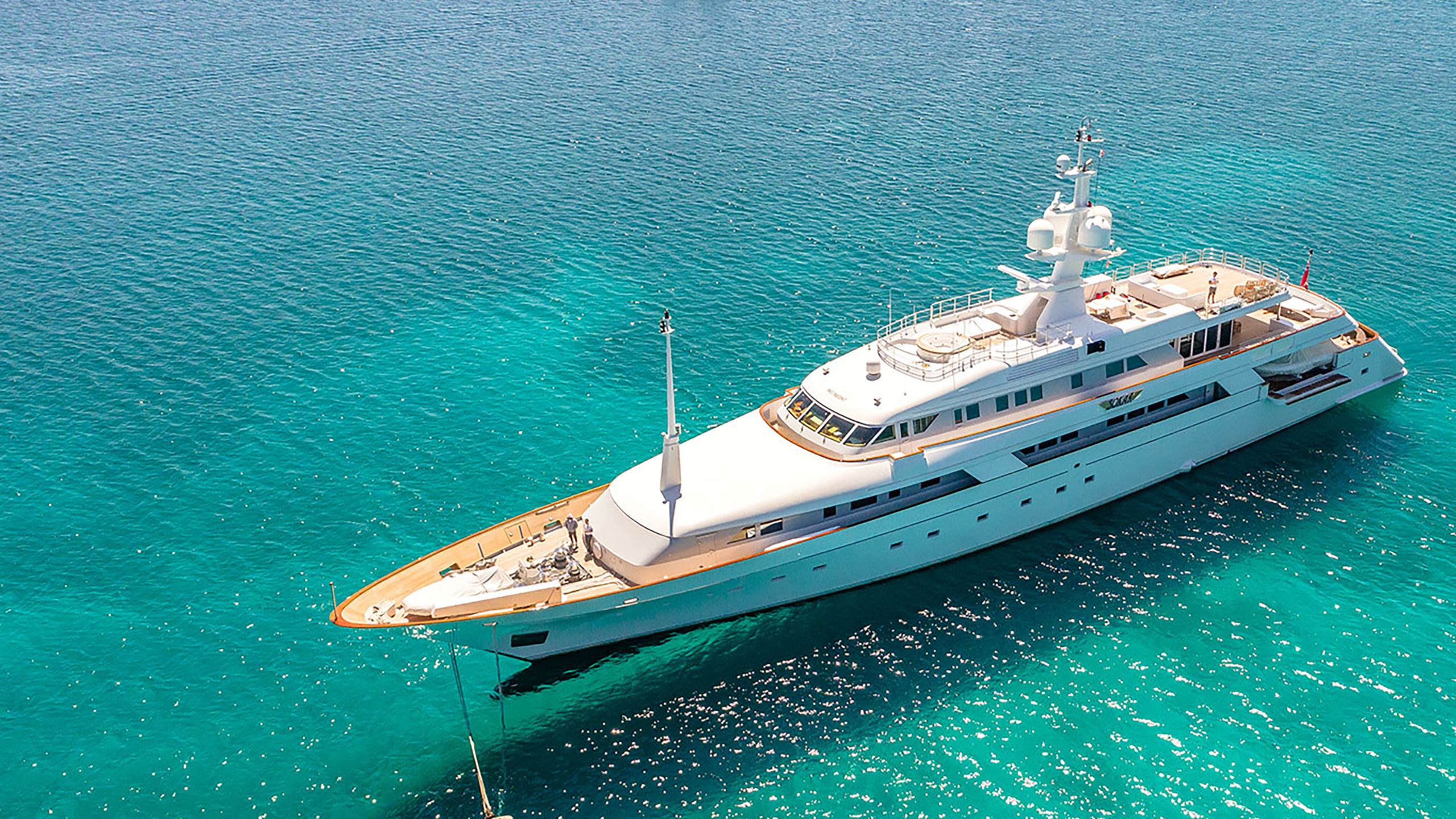
The successful telecoms entrepreneur talks to Katia Damborsky about his journey from the breadline to luxury – and a yacht that’s indelibly linked to Princess Diana
Bassim Haidar’s boating career began on a five-metre outboard in the murky back creeks of Nigeria. The boat was owned by a friend and they’d cruise up the waterways on the weekends, spending Friday and Saturday nights sleeping in a waterfront hut – on thin mattresses if they were lucky – with no running water or electricity.
Today, Haidar has two yachts, excluding the 63.8-metre Codecasa he sold this year, and he supplements these with three fishing vessels based across the Caribbean and the Mediterranean. Next on his to-buy list is an explorer, so he can venture even further afield. He flies between destinations on his champagne-coloured plane – a Gulfstream G550 – and on land, he relies on a fleet of luxury cars to whisk him between his central London properties.
Haidar says his life now is the one he was destined to lead. Call it fate, call it luck or chalk it up to hard work, but Haidar insists that he imagined his success with such unshakeable, unwavering certainty that he wasn’t in the least bit surprised when it unfolded in front of him. “Once you believe strongly it’s going to happen and you have zero doubts, then it will happen somehow and everything comes into place,” he says.
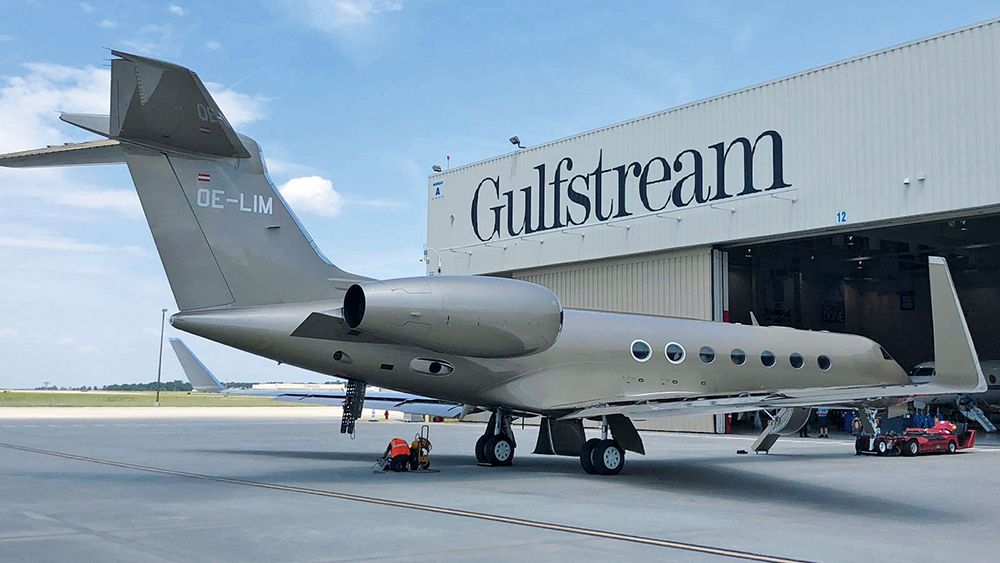
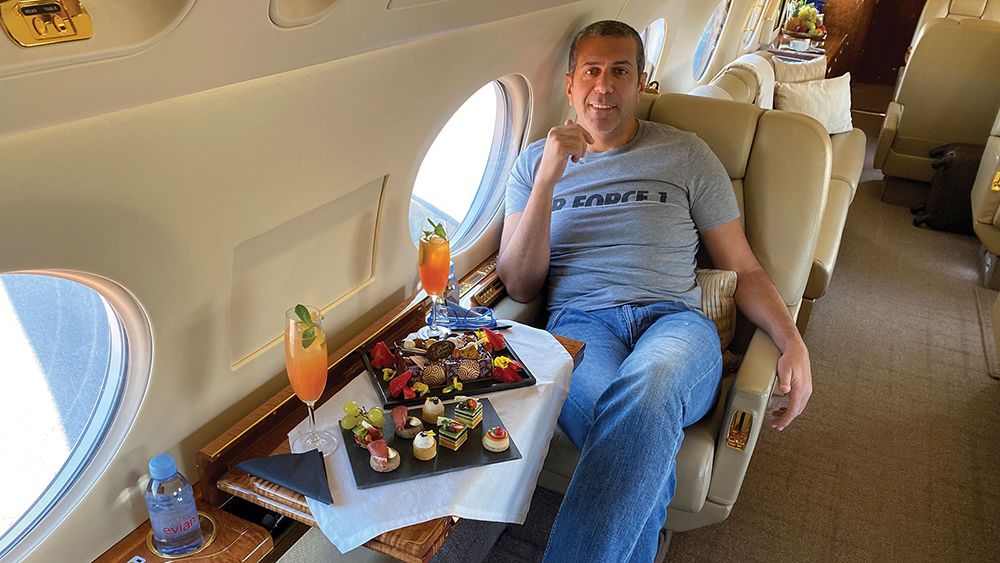
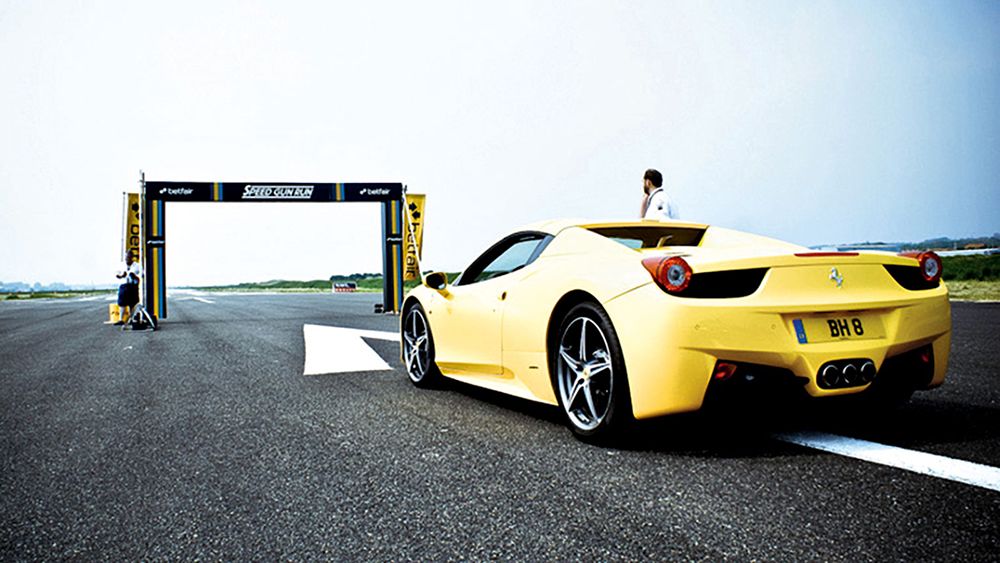

COURTESY OF BASSIM HAIDAR
COURTESY OF BASSIM HAIDAR

COURTESY OF BASSIM HAIDAR
COURTESY OF BASSIM HAIDAR

COURTESY OF BASSIM HAIDAR
COURTESY OF BASSIM HAIDAR
Haidar reflies between destinations on his champagne-coloured Gulfstream G550 and on land, he relies on a fleet of luxury cars to whisk him between his central London properties
I’m meeting Haidar at a private club in the heart of London. He won’t let me reveal the name: it’s still flying under the radar of the mainstream, and he wants to keep it exclusive (although he’s parked a gleaming gold sports car with a personalised number plate right in front of the building).
Haidar is a man of contrasts. On the one hand he is strict, disciplined and logical, challenging some of my questions with a forthright attitude that leaves me in no doubt that he’s firm with his three children. On the other he is spiritual, impulsive and introspective, chatting to me at length about manifestation and astrology. He says he never entertained a sliver of doubt that he would be successful, but he also says that he was, and still is, gripped by fear of failure. “I was so terrified to fail that no obstacle could stop me from achieving what I wanted,” he says. “And I don’t think there’s a more powerful driver in the world than fear.”
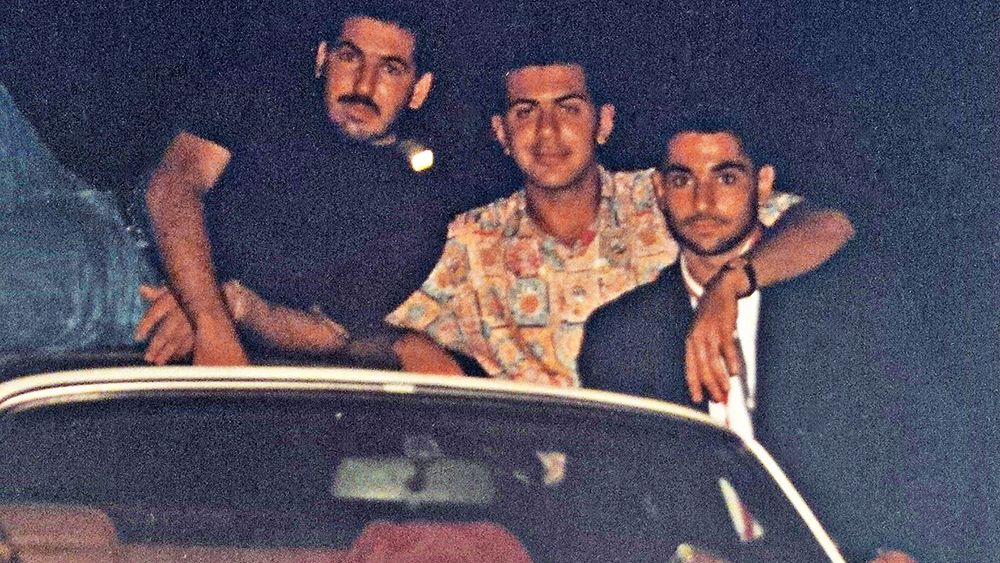
COURTESY OF BASSIM HAIDARHaidar as a young businessman in Nigeria
COURTESY OF BASSIM HAIDARHaidar as a young businessman in Nigeria
Haidar had good reason to be fearful – he was living on the breadline for part of his upbringing. His father worked for textile factories in Ghana and Nigeria and his brother dropped out of school to put food on the table. He managed to get a place at a university in Lebanon, from where his family had emigrated to Nigeria, and during his studies he made some money selling cars.
“I had an eye for a buyer,” he says, laughing at the memory. He’d go along to auctions before they opened, scan the cars to be sold then pick out buyers from the crowds when they arrived later. He’d approach them and tell them he had the perfect car in mind for them, then he’d approach the seller and tell them he had the ideal client, all wrapped up in a perfect package. It was a win-win, as he puts it. He went back to Nigeria at 20 with some money in his pocket and started his first business, buying and selling goods to factories in Lagos. But it wasn’t until a few years later that he developed the business that would come to define his career.
In Nigeria during the 1990s, television shows were only broadcast between 4pm and 11pm, and it was all repeats, since there was little local production and international stations were too far away. “I can’t tell you how many times kids have watched Scooby-Doo and Tom & Jerry,” he says. Live international TV wasn’t possible, full stop. “Everyone was saying you cannot get it below the equator, the satellites don’t beam there,” recalls Haidar. But he didn’t believe them. He’d spent time in Lebanon, he’d seen the television there, and he figured at one point or another it must have seemed like an impossible feat for the Lebanese as well.
“I was so terrified to fail that no obstacle could stop me… I don’t think there’s a more powerful driver than fear”
He teamed up with an engineer friend and they went through an eight-month trial-and-error period when they kept beefing up the size of the satellite dishes to try to receive international channels. Finally, the fuzzy screen began picking up a signal. “I think it was ZDF,” says Haidar. I doubt anyone, before or since, has been so happy to see a German newscaster materialise on their TV screen.
After his customers’ initial awe, followed by cynicism – “It’s not a recording” became a sort of stock line for Haidar – the new satellite service was rolled out to everyone who could afford the $5,000 price tag. It was a bittersweet moment for him. Part of the reason he loved Lagos so much was because of how simple things were. “Everyone was very close, very casual, you just go to people’s houses, they come to you without any calls,” he says.
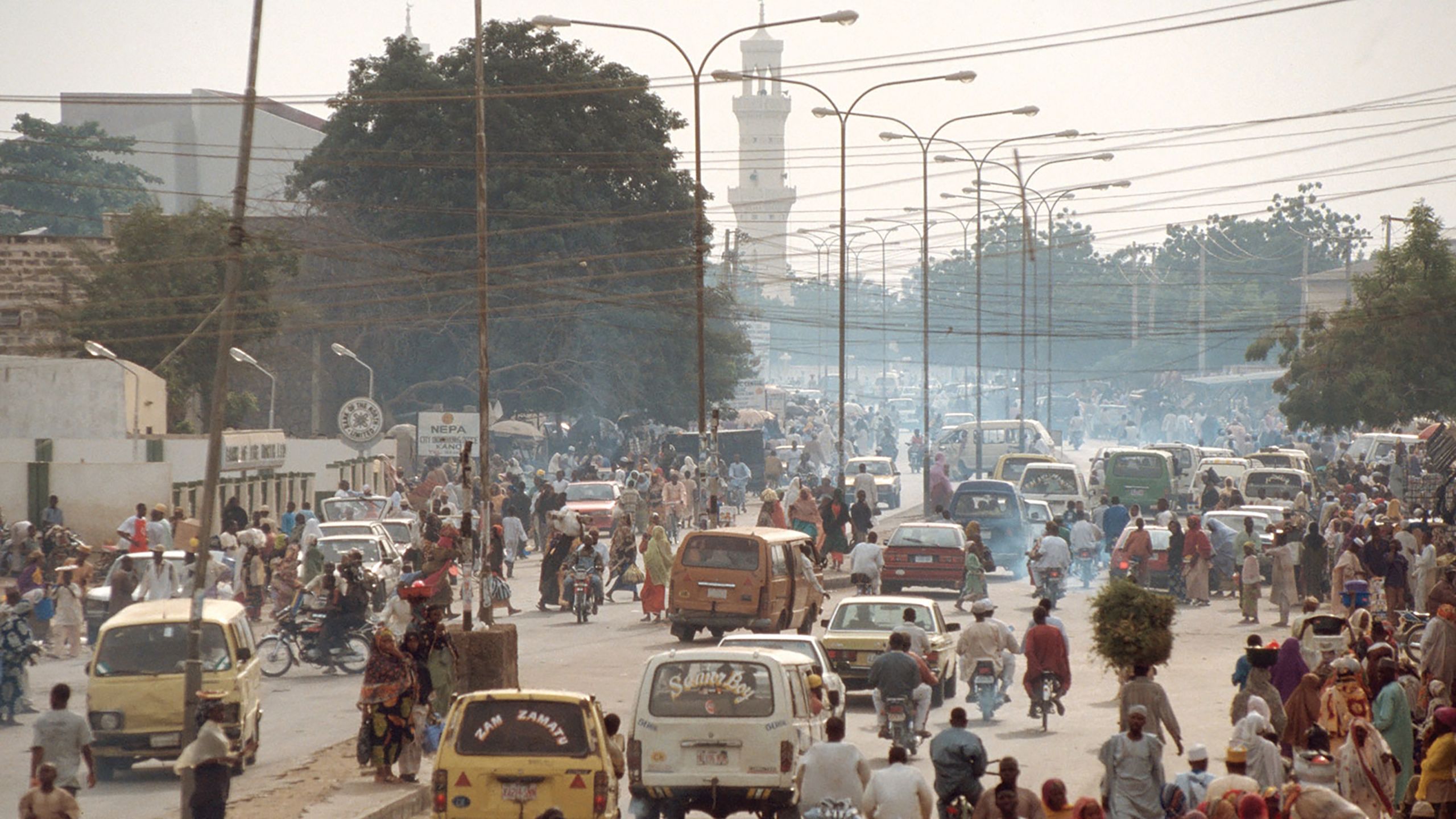

JEAN-MARC GIBOUX VIA GETTY IMAGES
JEAN-MARC GIBOUX VIA GETTY IMAGES
Haidar has been on a long journey, which started with his upbringing in Nigeria
When his TV started to take off and his logistics business was in full swing, part of him felt like he had “conquered” business in Nigeria. His experience establishing Intercomm in 1991, which he has since sold, led him to found a number of other thriving telecommunications businesses, both in Nigeria and abroad. He remains at the helm of Optasia, a telecoms provider that is currently worth around $1 billion and which operates in 19 different countries.
After setting up Intercomm, things got a bit, in his words, “Wolf of Wall Street”. There were no sinking boats (although an engine did fly off the back of his outboard when he landed a wave too hard in Lagos) but there were parties in Marbella and an 18-metre boat that he’d ferry back and forth to Ibiza. He began upgrading, moving through Italian brands until he bought one of the most famous boats in his fleet, the 56-metre Benetti, now named Australia but then called Bash after his initials. (All of his yachts are named this: “Sometimes I get them confused,” says Haidar.)
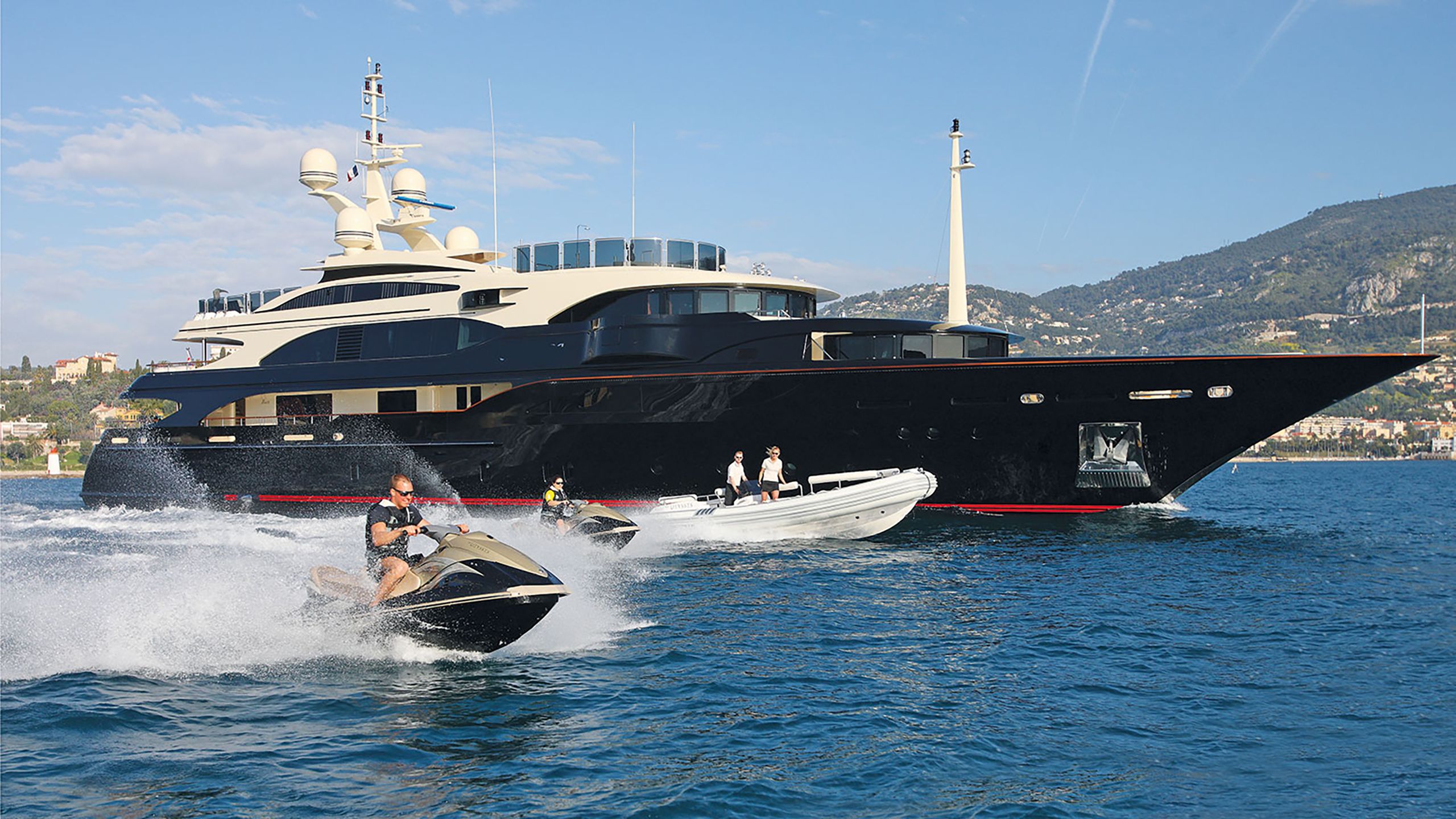
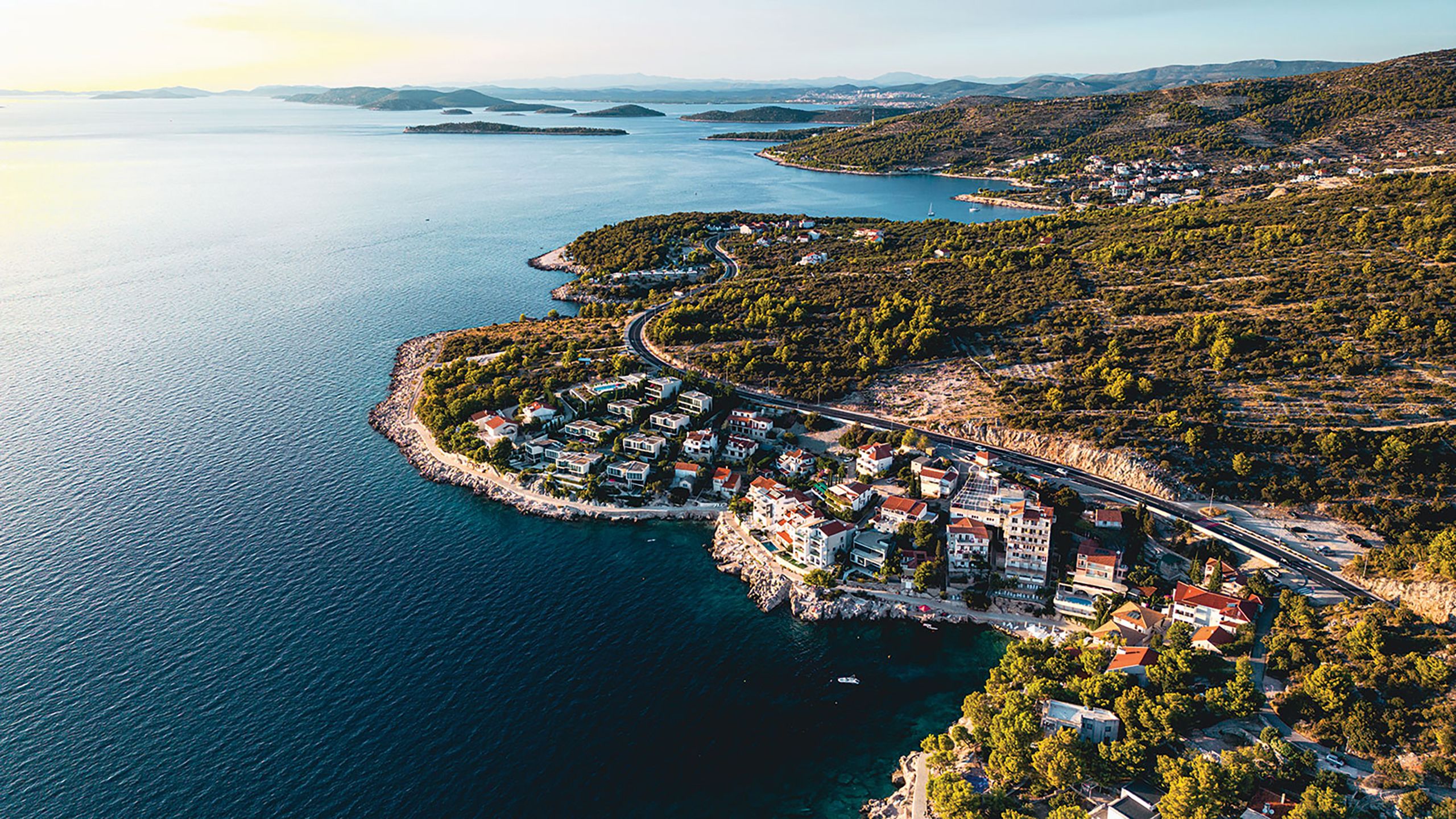

COURTESY OF BASSIM HAIDAR
COURTESY OF BASSIM HAIDAR

NECJ GOSTINCAR VIA GETTY IMAGES
NECJ GOSTINCAR VIA GETTY IMAGES
Haidar previously owned the 56m Benetti now known as Australia (left); the Adriatic coast is one of his favourite grounds
Haidar got good use out of this first Bash, cruising her across the Atlantic on a nine-day passage that he calls his favourite boating experience. Not island-hopping in the Bahamas (although that’s a close second) nor cruising along the Côte d’Azur, but rolling through the Atlantic, alone except for his crew and surrounded by miles of blue. “We knew we were going to see Antigua at 6am, and at 2am I was out with my binoculars,” he says. “The excitement was that of a little child.”
The transatlantic passage made him realise he was looking for more out of his travels. In 2021, he upgraded to his 63.8-metre Codecasa with the intention of doing more exploration. The yacht was lying in Estonia when Haidar spotted her, so he and his broker flew out, signed the MoA on the spot and 11 days later the yacht was based in the Mediterranean (in Croatia, to be exact).
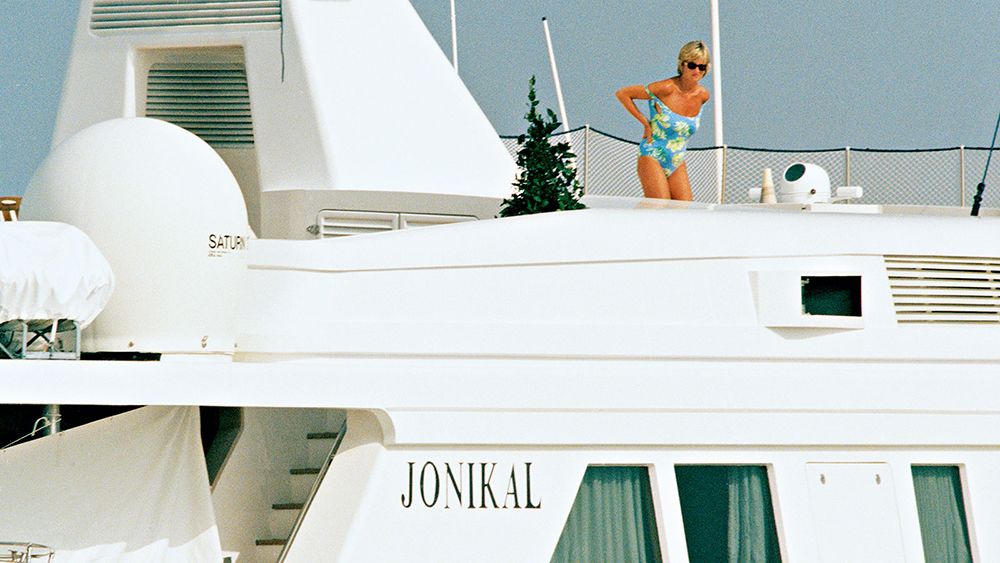
GAMMA RAPHO VIAT GETTY IMAGESHaidar bought the Al-Fayad yacht, formerly Jonikal, where Princess Diana was pictured
GAMMA RAPHO VIAT GETTY IMAGESHaidar bought the Al-Fayad yacht, formerly Jonikal, where Princess Diana was pictured
This Adriatic coast is one of Haidar’s favourite cruising grounds, because there’s more privacy and fewer rules and restrictions about where you can cruise. The latest Bash was the yacht that the former Princess of Wales was photographed on just days before her tragic fatal accident in Paris. Haidar bought the boat from the Al-Fayads and the fact that it’s the former Jonikal is a source of pride. “I really loved Lady Diana,” muses Haidar. “Whenever anyone comes on board I always show them where the famous picture was taken.”
It was important to Haidar that the yacht’s heritage was maintained while giving her a much-needed upgrade, so she underwent a major refit at the Capax shipyard in Croatia shortly after the purchase. They underestimated the scope of the work and Haidar ended up buying the 49.9-metre Mangusta, also named Bash, to cruise around in the meantime.
“Life should not start at a young age. You should work very hard and have almost no life between the ages of 20 and 40”
Refit completed, Haidar realised he wanted something hardier than the Codecasa Bash for his adventures. Haidar now has his eye on his first explorer purchase and, in the meantime, the 63.8-metre Bash was sold with a last known asking price of €15,500,000.
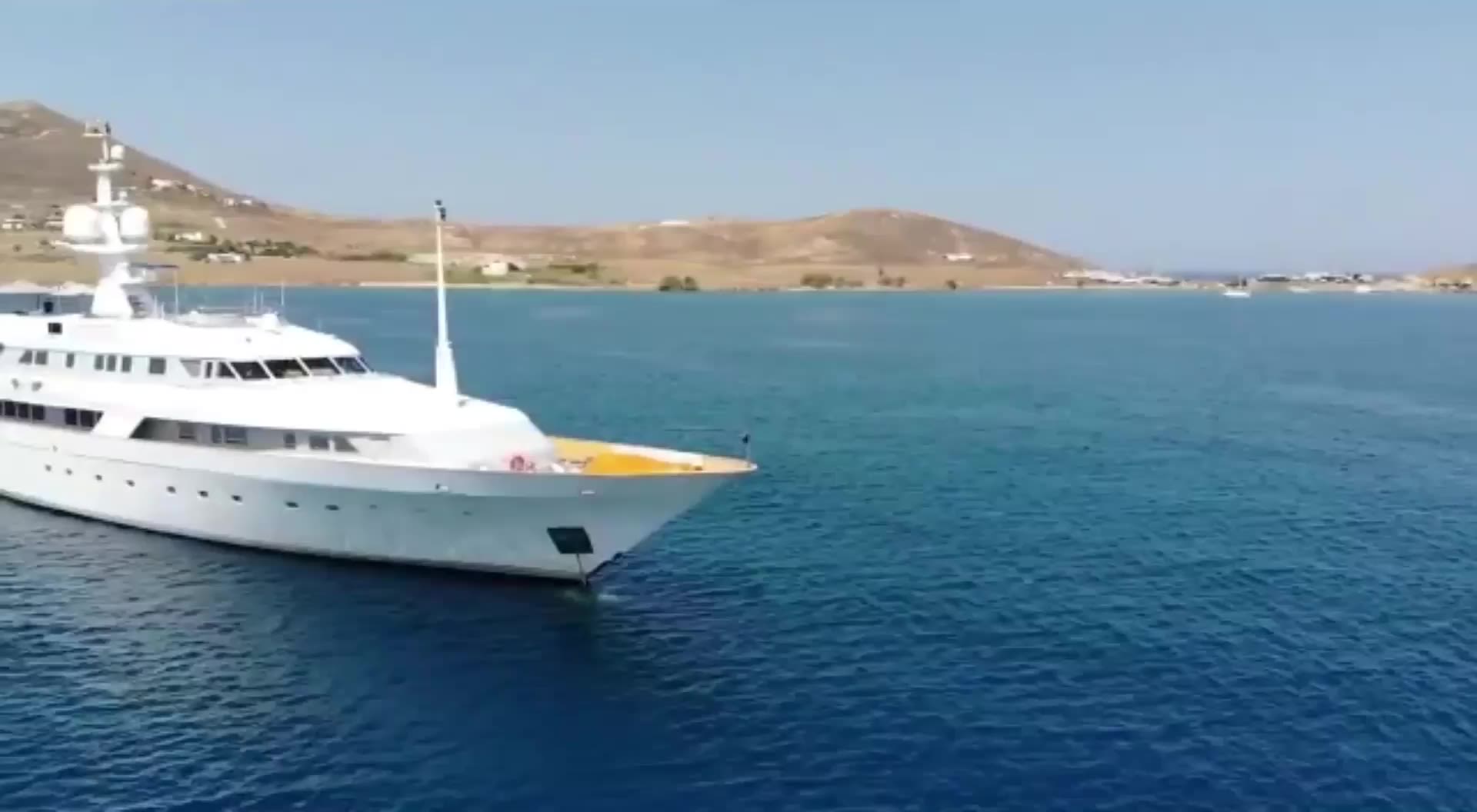
Haidar isn’t apologetic about his wealth or his status. He’s worked hard for it, he says. “I don’t feel I’m owed anything, right, so I don’t feel like I need to give back.” Success starts with a passion, or so the maxim goes – but Haidar never really bought into that. “I have zero passion for anything that I’ve done,” he says. “Passion does not make you money. Need makes you money.”
He also believes that “life should not start at a young age, you should work very hard and have almost no life between the ages of 20 and 40”. I take this as a good opportunity to ask for some career advice. “Are you hungry?” he asks me. Not really, I reply. “You need to be very uncomfortable, and you need to be a lot hungrier,” Haidar tells me.
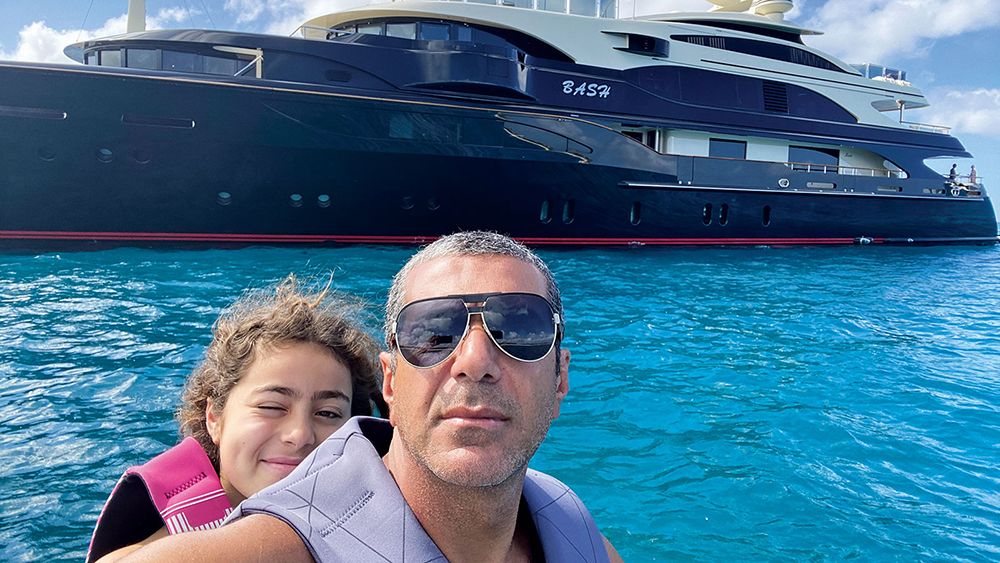
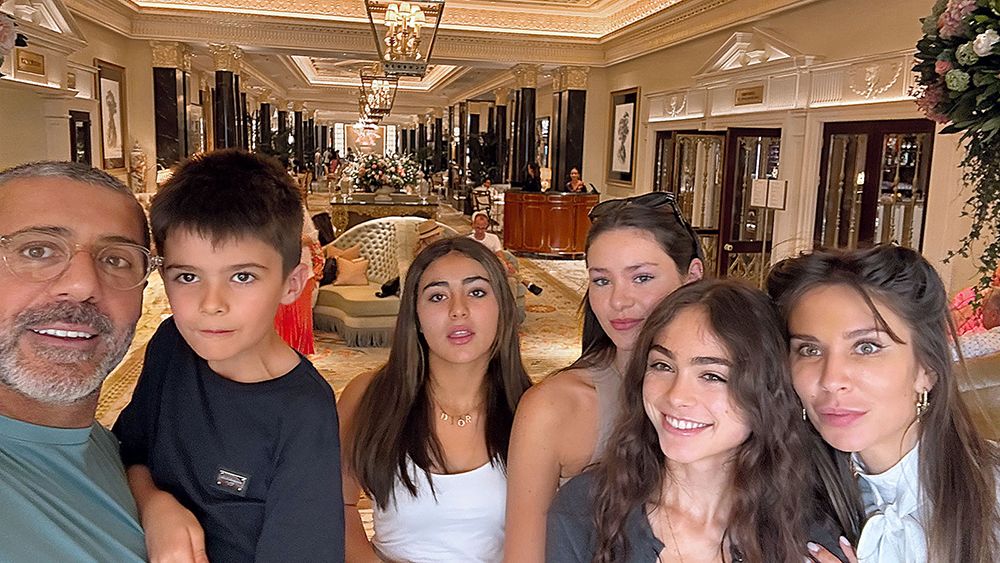

COURTESY OF BASSIM HAIDAR
COURTESY OF BASSIM HAIDAR

COURTESY OF BASSIM HAIDAR
COURTESY OF BASSIM HAIDAR
Making yachting memories with his youngest daughter (left) and his family (right)
His responses have been quite short so far, but now he begins speaking with real enthusiasm.
“Everyone wants to be rich. But do you really believe deep inside that you want to be rich? That’s the big question. Are you willing to let go of the comfort that you have in order to go for the next level? If you are hoping that one day you’re going to strike something that’s going to make you rich, I can tell you right now, it’s not going to happen. It will not happen,” he tells me firmly.
Suddenly the Atlantic crossing makes a bit more sense – if there’s one way to get out of your comfort zone, cruising across that endless ocean for weeks on end is probably the best way to do it.
From the Bash fleet
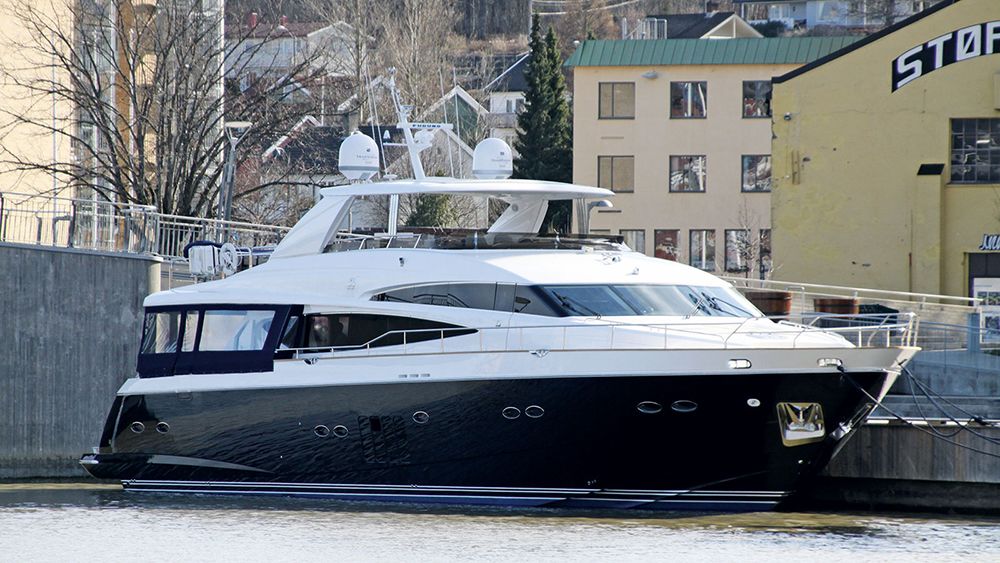
Princess 95
Now known as Maestro of Gibraltar, the 29.4-metre was delivered as Bash in 2009, one of the only yachts owned by Haidar that was not built in Italy.
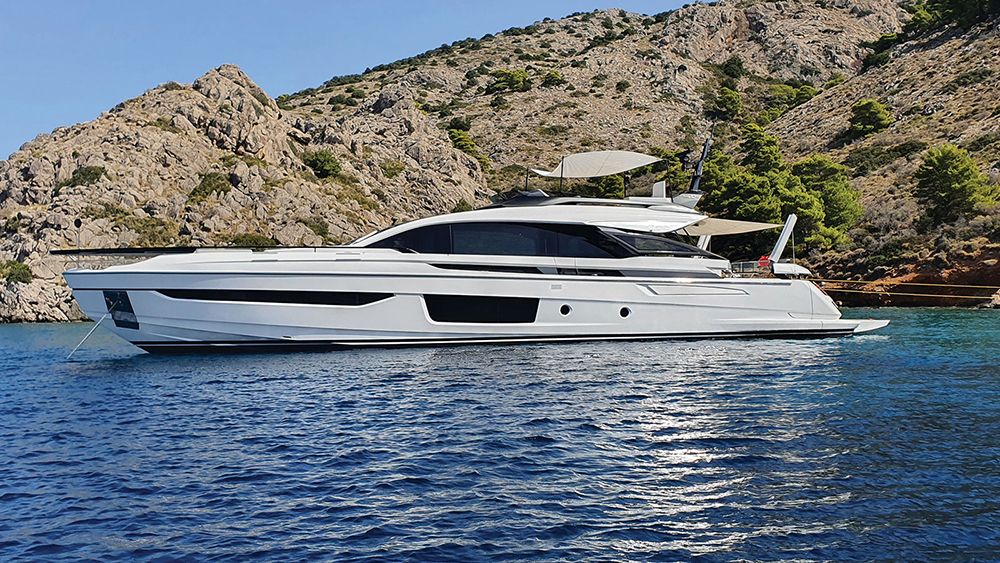
Azimut S10
At 28.7 metres, she is one of the smaller members of the fleet. Constructed in 2018, she was delivered in 2020 and listed for sale in 2022.
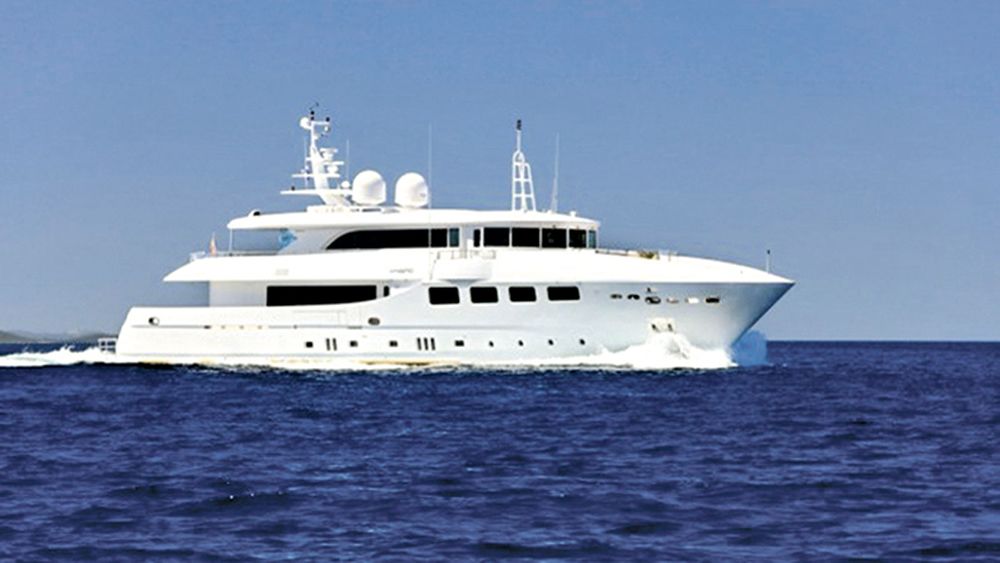
Mondo 38M
Haidar’s 39.4-metre Mondomarine was handed over in 2008. With an interior designed by Luca Dini, she is now known as Ulysses.

Pantera 41
Designed as an offshore racing vessel, this 12.4-metre is a far cry from Haidar’s superyacht fleet, but he got plenty of use out of her over the years.
First published in the December 2023 issue of BOAT International. Get this magazine sent straight to your door, or subscribe and never miss an issue.

